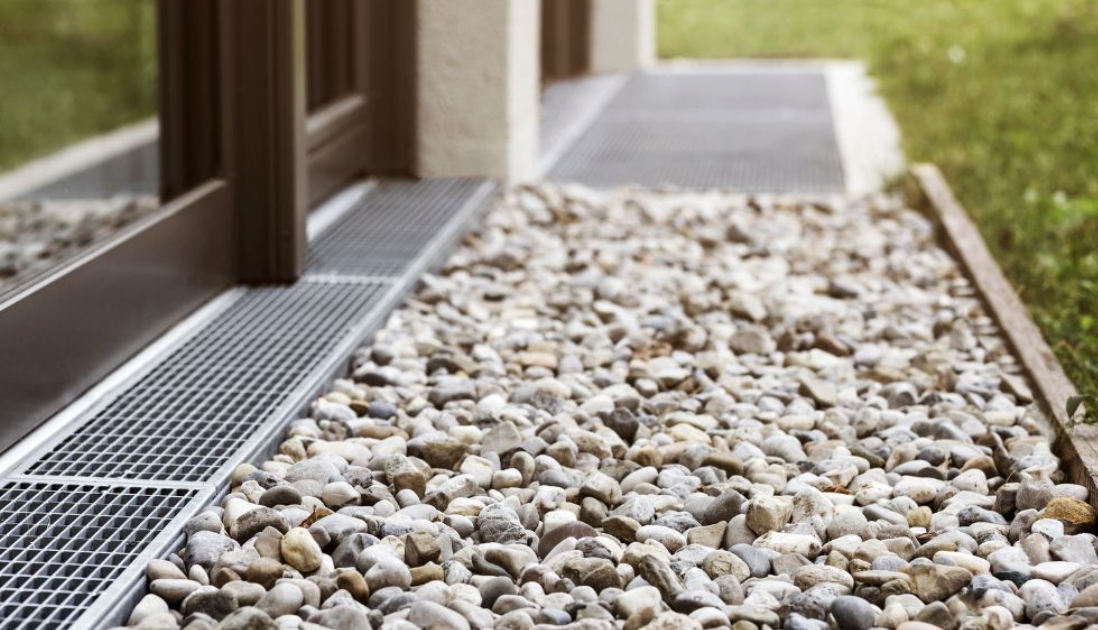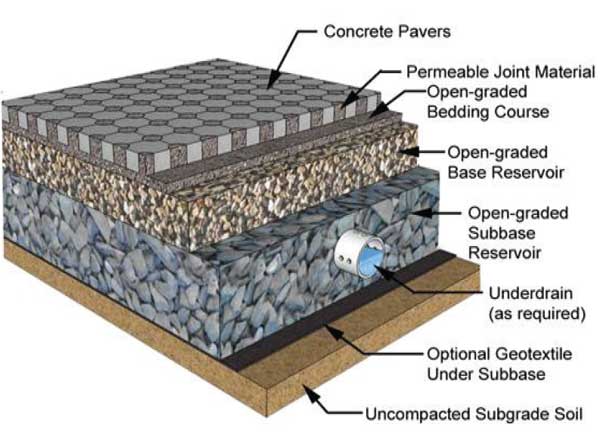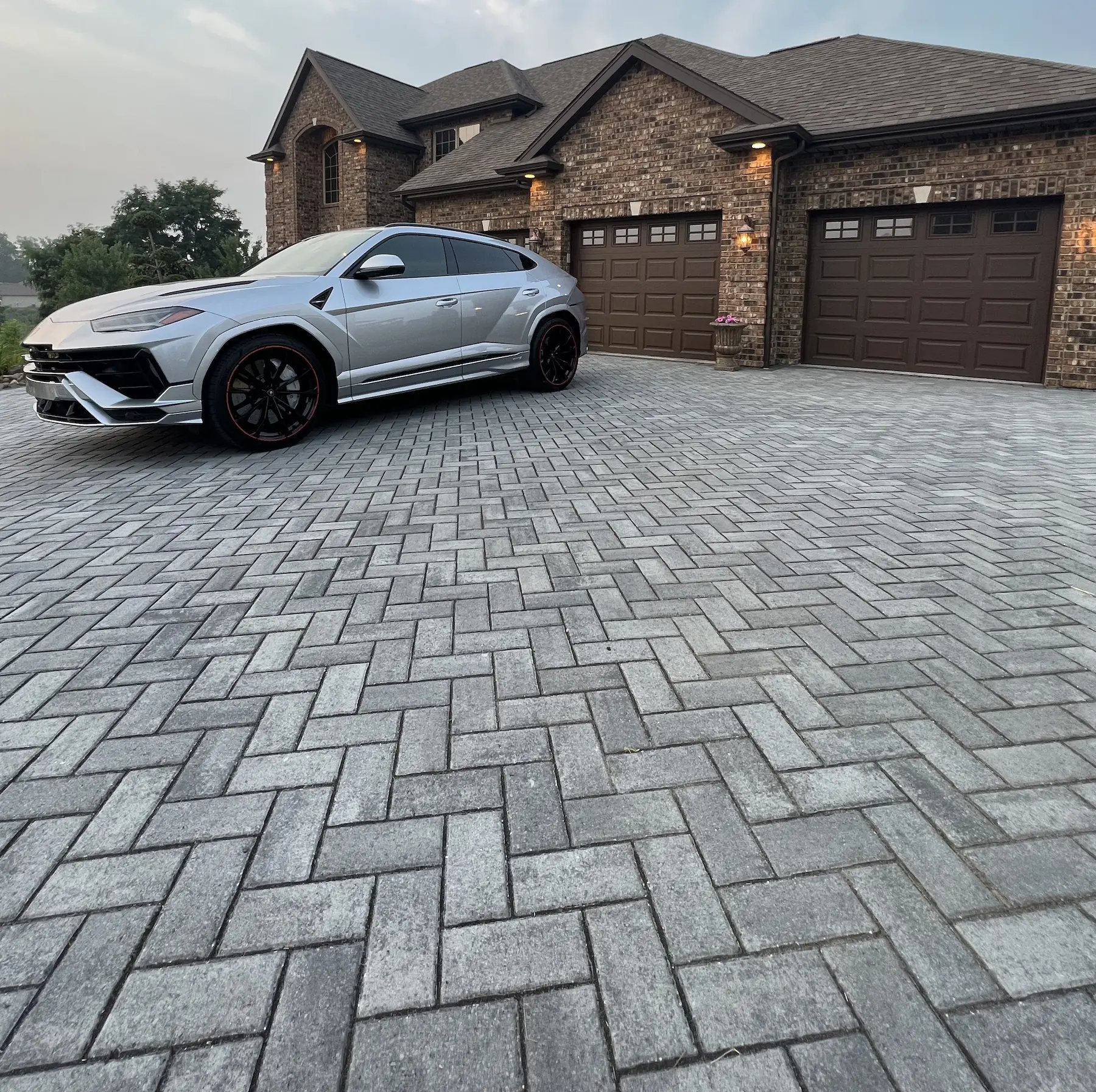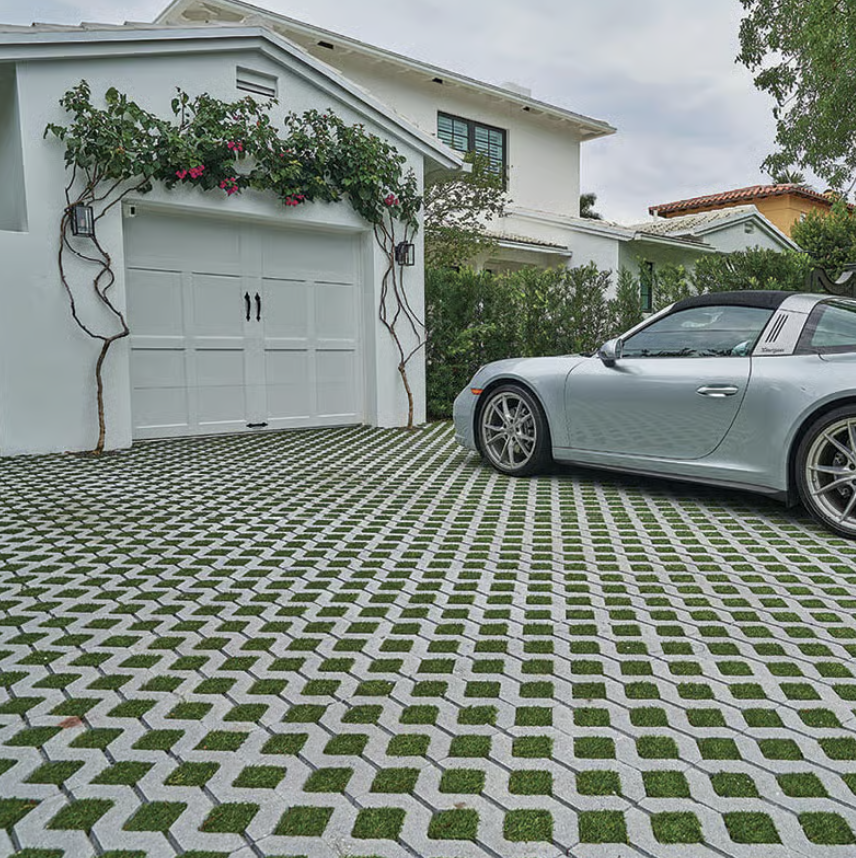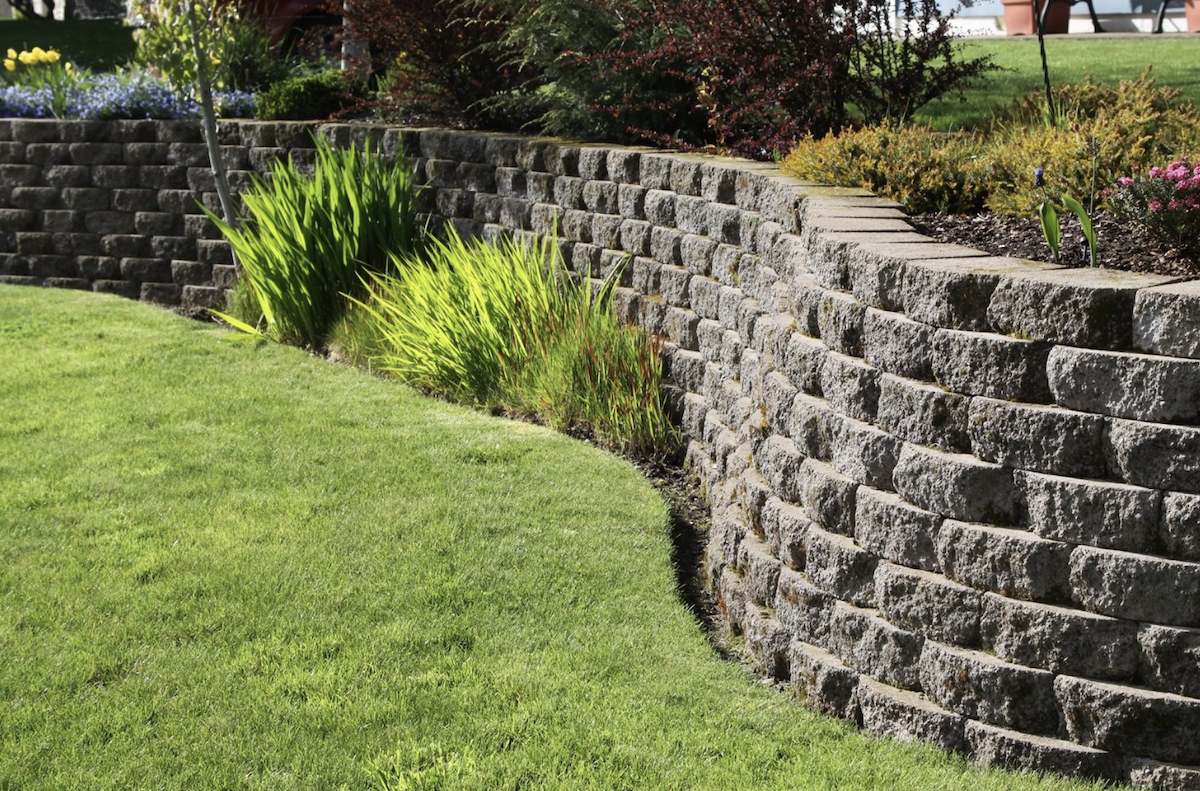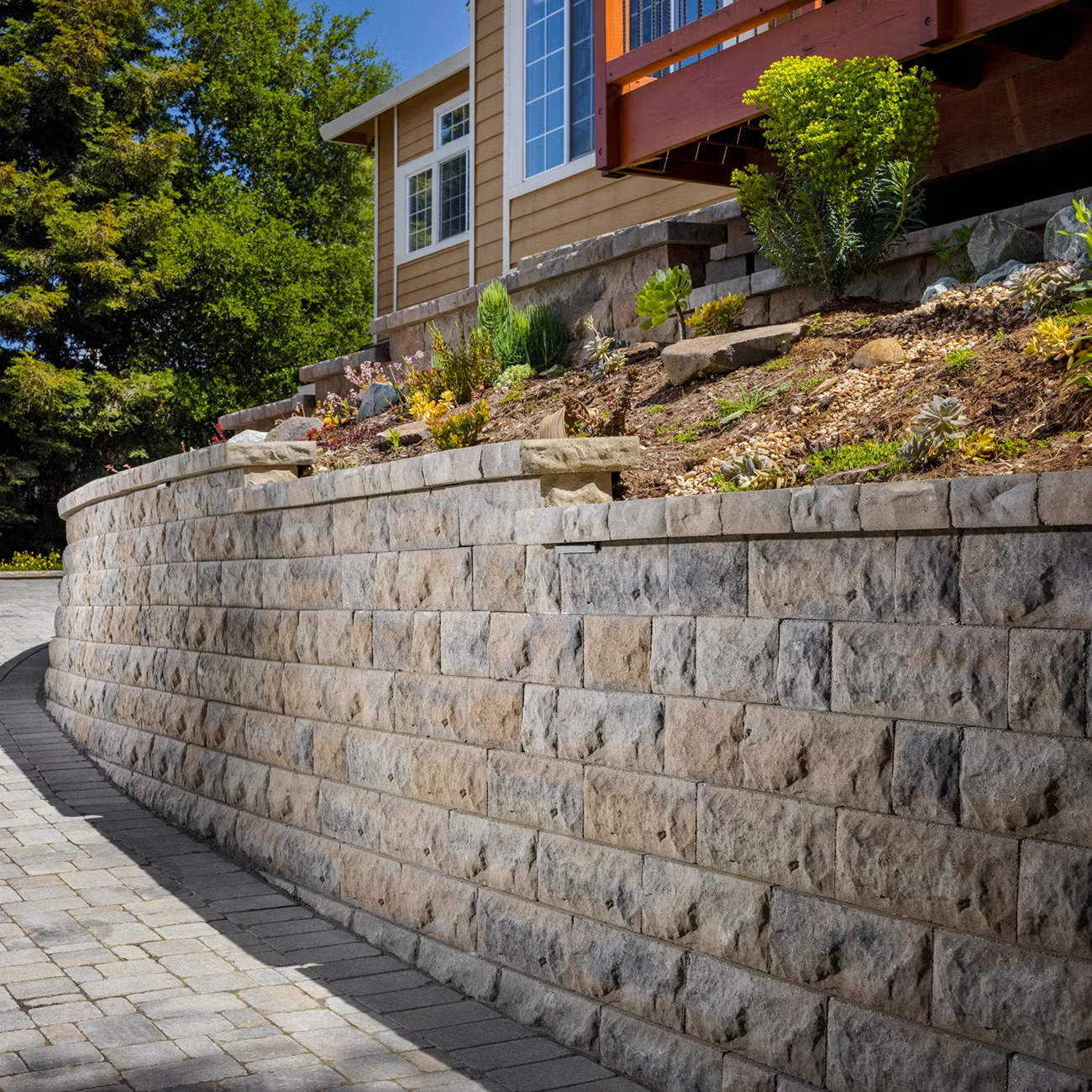
Table of Contents
- What Actually Happened to Bay Area Homes This Week (#what-happened)
- Neighborhood-by-Neighborhood Damage Report for Single-Family Homes (#damage-report)
- Most Common Types of Rain Damage We’re Seeing in 2025 (#common-damage)
- Immediate Steps to Take Right Now (November 16–20) (#immediate-steps)
- Long-Term Prevention Blueprint for Your Bay Area House (#prevention-blueprint)
- Your Home-Specific Action Checklist (#checklist)
- Key Takeaways & Free Download (#takeaways)
What Actually Happened to Bay Area Homes This Week
Between November 13–15, 2025, a strong Category 3 atmospheric river dropped 1–5 inches of rain across the Bay Area in under 48 hours. While the news focused on street flooding and mudslides, thousands of single-family homeowners woke up to wet carpets, cracked foundations, ruined furnaces, and sewer backups — damage that standard homeowner insurance almost never covers.If you own a house in San Francisco, Oakland, Daly City, San Rafael, or the East Bay hills, this storm just became the most expensive rain event many of us have ever seen. The good news? Almost all of the damage was preventable with upgrades that cost far less than the repairs now hitting mailboxes.
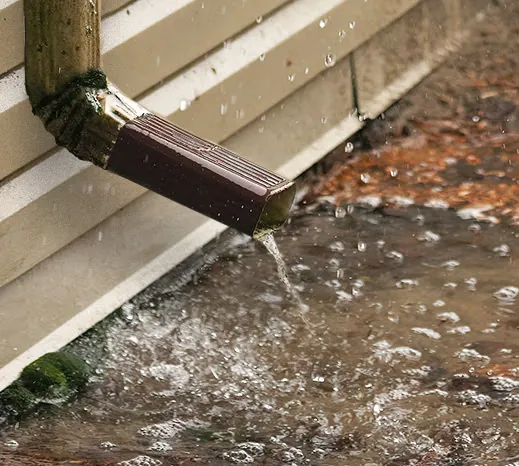
Most Common Types of Rain Damage We’re Seeing in 2025
- Sewer and side-sewer backups – Clogged city mains pushed waste into ground-floor bathrooms (East Oakland & Daly City hardest hit).
- Hydrostatic foundation cracks – Water pressure against basement or stem walls caused new horizontal cracks ⅛–½ inch wide.
- Downspout and gutter overflow – Extensions that ended too close to the foundation funneled water directly against the house.
- Poor grading and sunken walkways – Negative slope sent sheet-flow straight under front doors and into living rooms.
- Crawlspace and basement saturation – Homes with vented crawlspaces saw 6–18 inches of standing water, ruining insulation and floor joists.
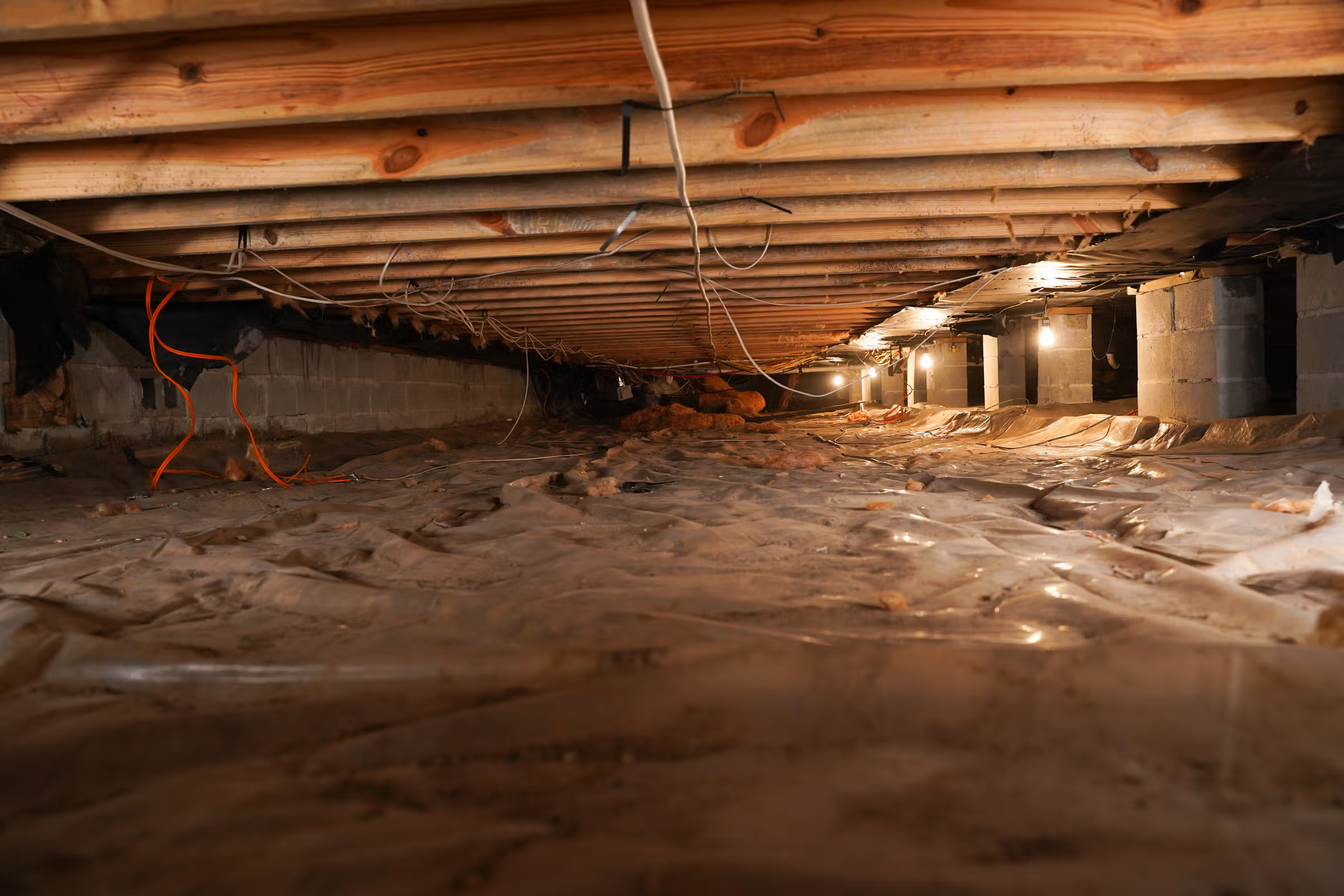
Immediate Steps to Take Right Now (November 16–20)
Do these TODAY if you still have water or suspect hidden moisture:
- Document everything with timestamped photos/video for insurance.
- Run fans and dehumidifiers 24/7 — mold starts in 24–48 hours.
- Lift furniture off wet carpet and pull baseboards to dry walls.
- Have a plumber scope your side-sewer line (many backups are still blocked).
- Call a structural engineer if you see new foundation cracks wider than ⅛ inch.
Long-Term Prevention Blueprint for Your Bay Area House
Here is the exact hierarchy we install for clients (in order of biggest ROI):
Phase 1 – Stop Water at the Roof & Gutters (80% of problems solved)
- Seamless aluminum gutters + oversized 3×4 downspouts
- Leaf guards (we prefer stainless micro-mesh)
- Extend every downspout minimum 6–10 ft from foundation (buried solid pipe or flip-up extensions)
Phase 2 – Fix Grading & Surface Flow
- Re-grade first 10 ft around house to 2% slope away (5–6 inch drop)
- Concrete ribbon curbs or swales to direct water to street
- Replace impermeable concrete patios with permeable pavers where possible
Phase 3 – Sub-Surface Protection
- French drains or curtain drains on the uphill side of the house
- Interior or exterior sump pump (Zoeller M53 + battery backup recommended)
- Backwater valve on main sewer line (mandatory in Oakland & SF now)
Phase 4 – Foundation & Crawlspace Sealing
- Epoxy or polyurethane injection for active cracks
- Crawlspace encapsulation with 20-mil vapor barrier and dehumidifier
- Earthquake retrofitting + foundation bolts (kills two birds)
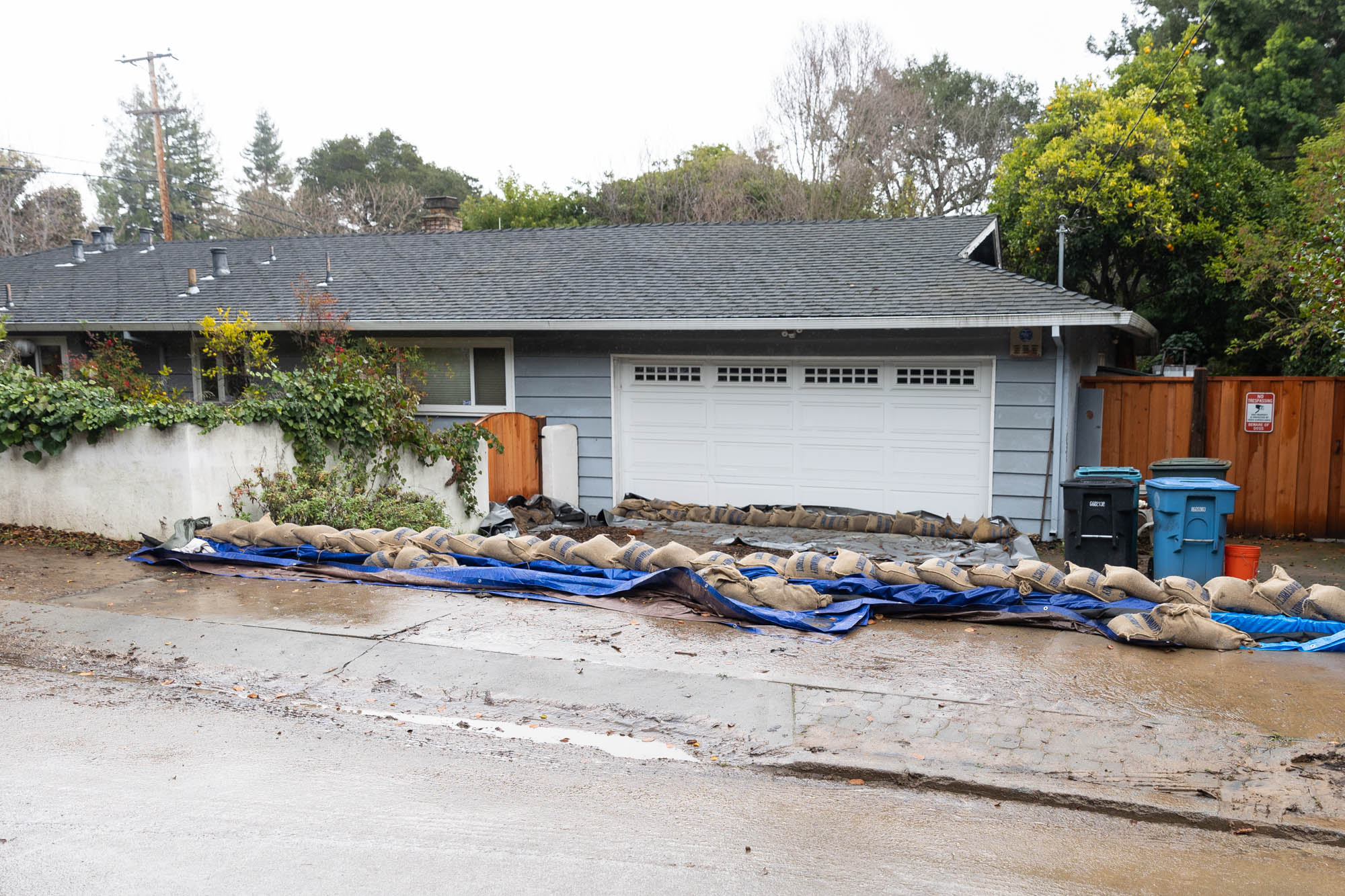
Cost range for a typical 1,500–2,200 sq ft Bay Area single-family home: $18,000 – $42,000 fully done. Most homeowners recoup that in one avoided claim.
Print this and walk your property today:
- Gutters full or overflowing? → Schedule cleaning + guards
- Downspouts end <5 ft from house? → Extend this week
- Concrete sunken against foundation? → Mark for regrading
- Basement or crawlspace damp smell? → Book moisture inspection
- No backwater valve? → Plumber quote (usually $2,800–$4,200)
- Cracks in foundation walls? → Structural engineer (not a contractor)
Key Takeaways
Your November 2025 Home Protection Summary
• Most damage came from poor roof runoff and grading — not “act of God.”
• Average repair bill right now: $28,000 and rising.
• Top 3 upgrades (gutters + extensions + grading) stop 80–90% of future issues.
• Do the checklist above before the next storm (forecast: late November).
What damage did your house take this week? Drop your neighborhood and story in the comments — let’s help each other stay dry next time.
.png)
